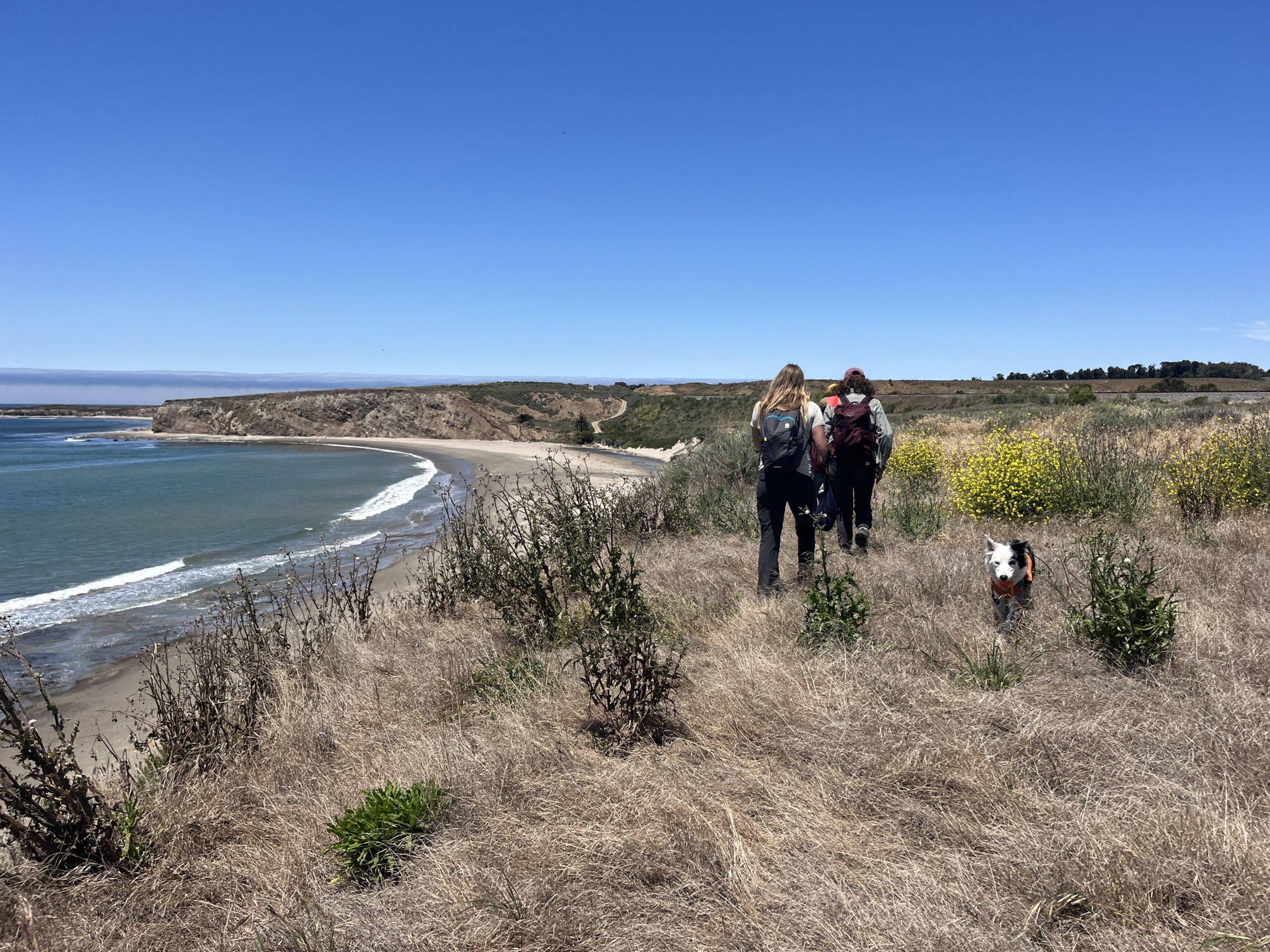Our Work
We train dogs to detect data for researchers, land managers, and NGOs. Our experienced detection dogs teams locate their targets regardless of terrain and vegetation. The dogs are non-invasive and the humans are skilled at collecting samples while preserving DNA for sequencing.
Our dog teams are particularly experienced in wind farm post-construction monitoring and carnivore scat detection (including wolves, California's coastal carnivores, and neotropical felids).
 Donate
Donate













